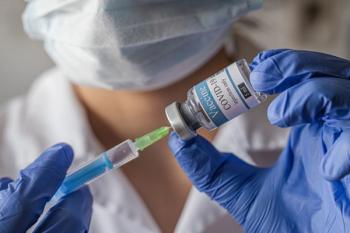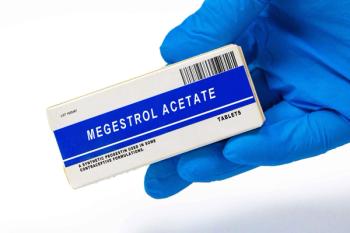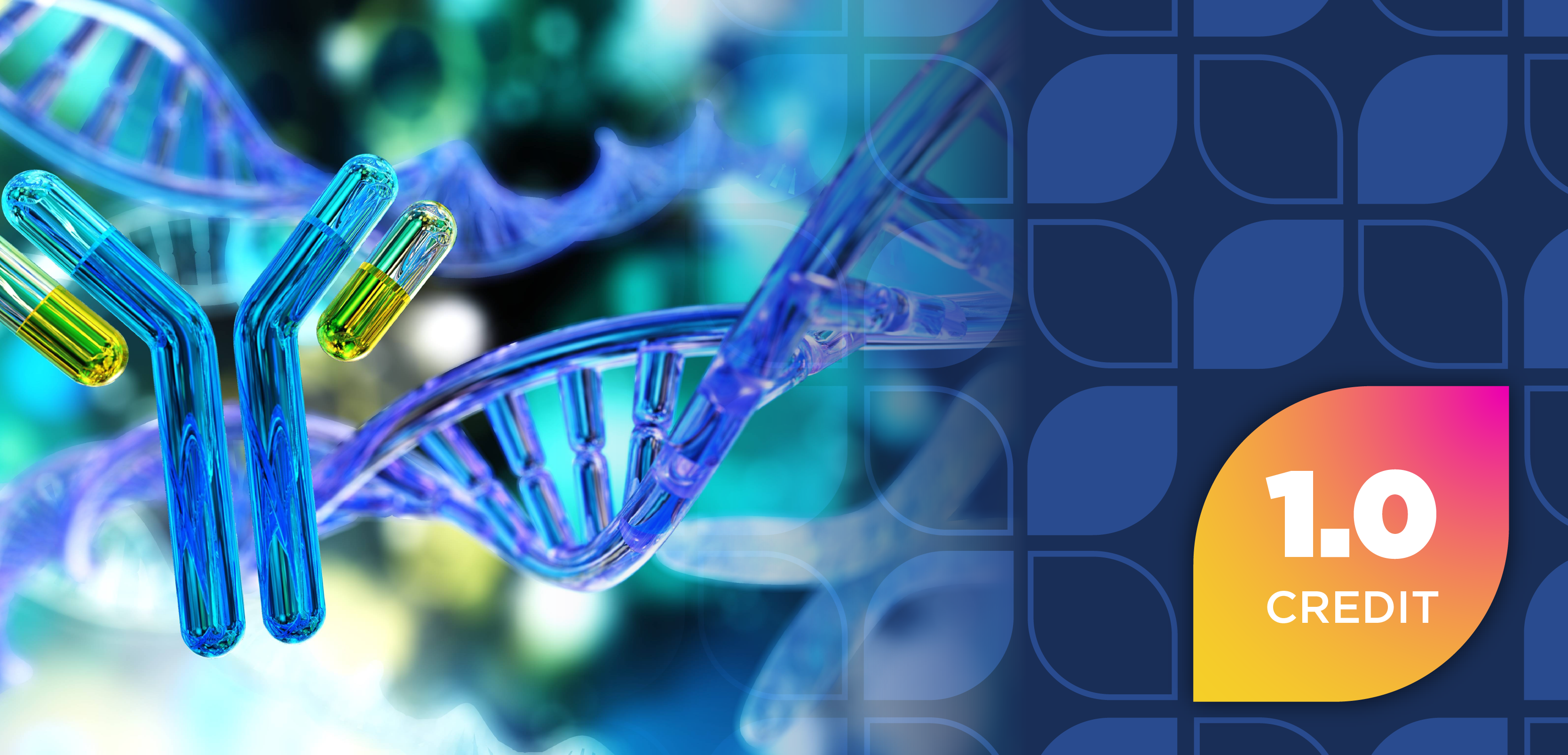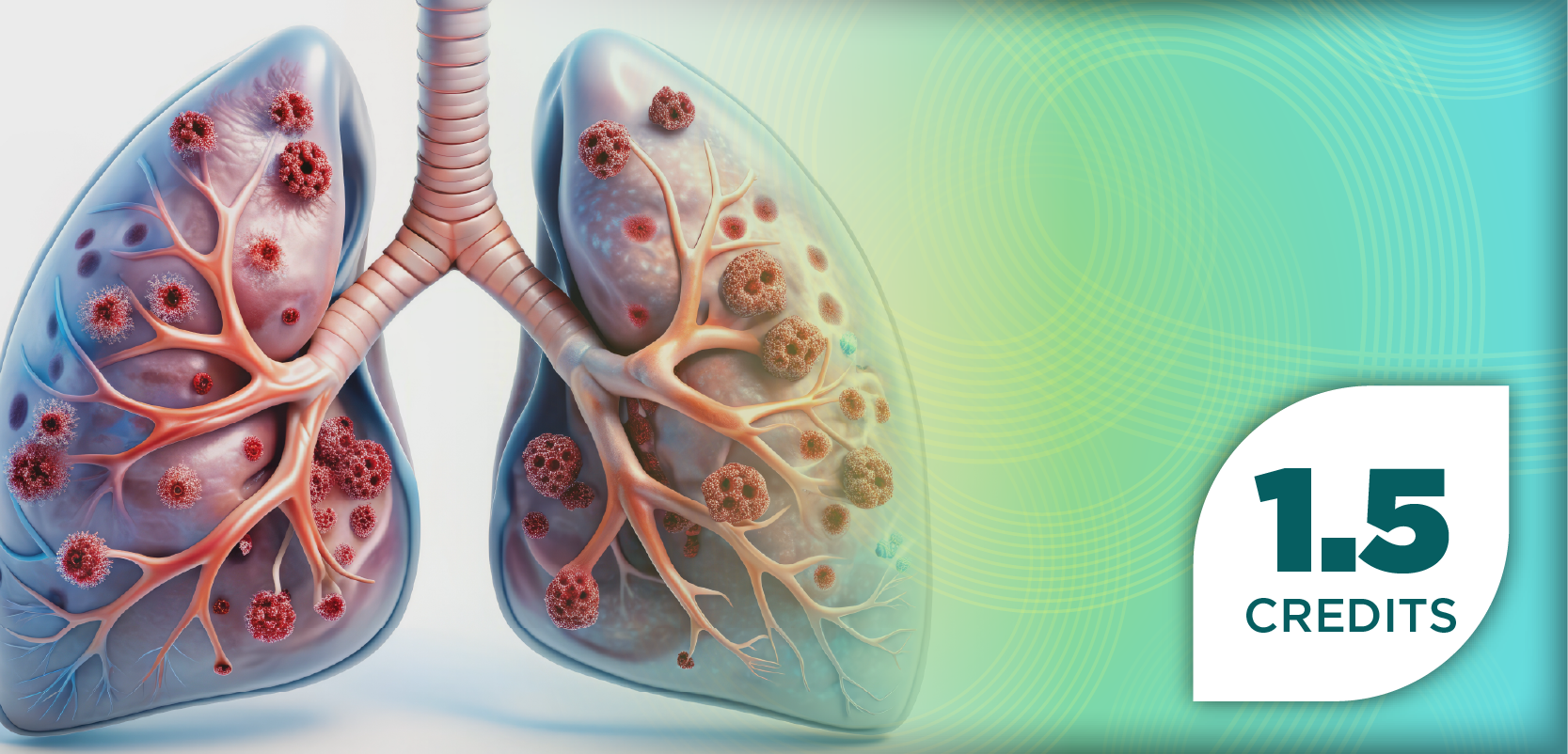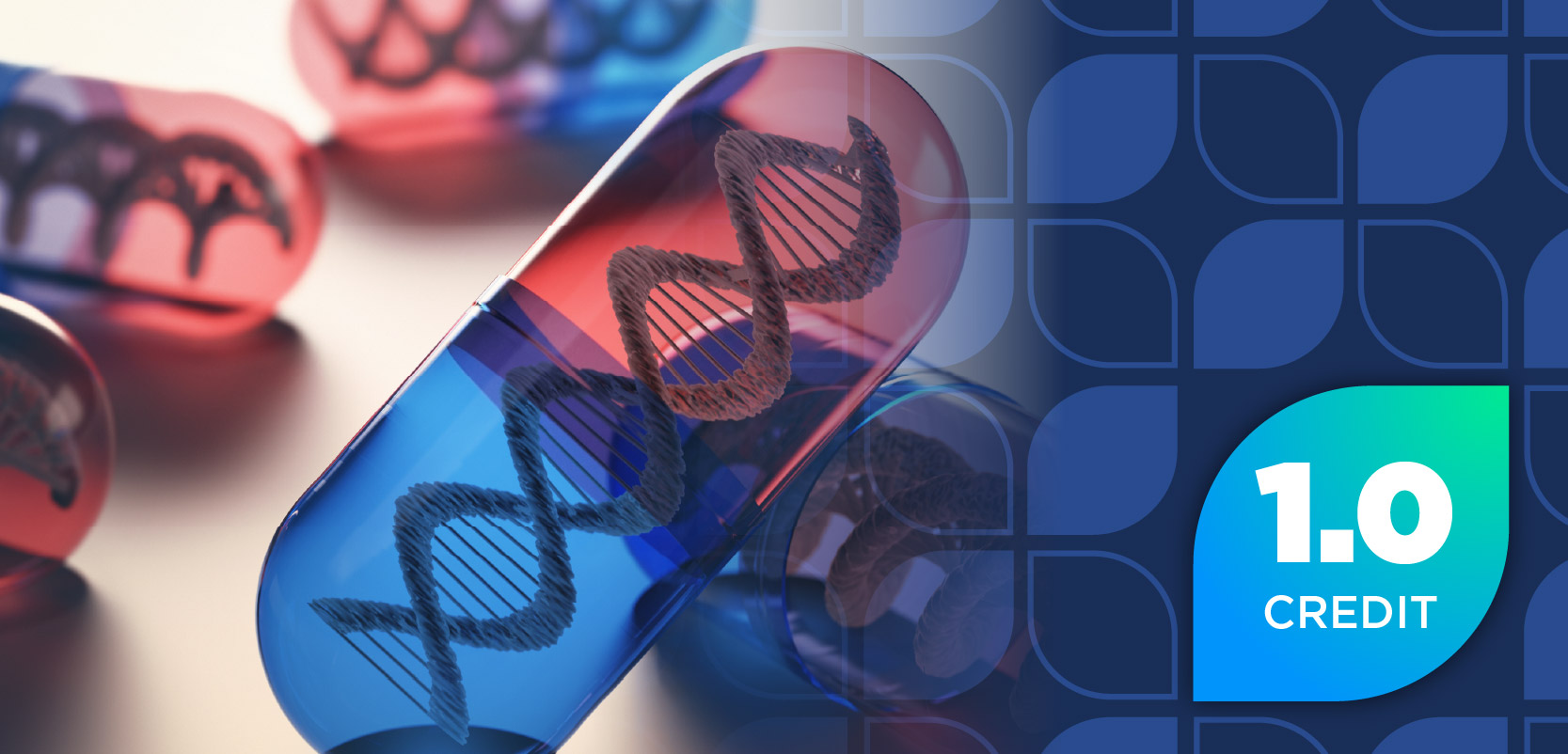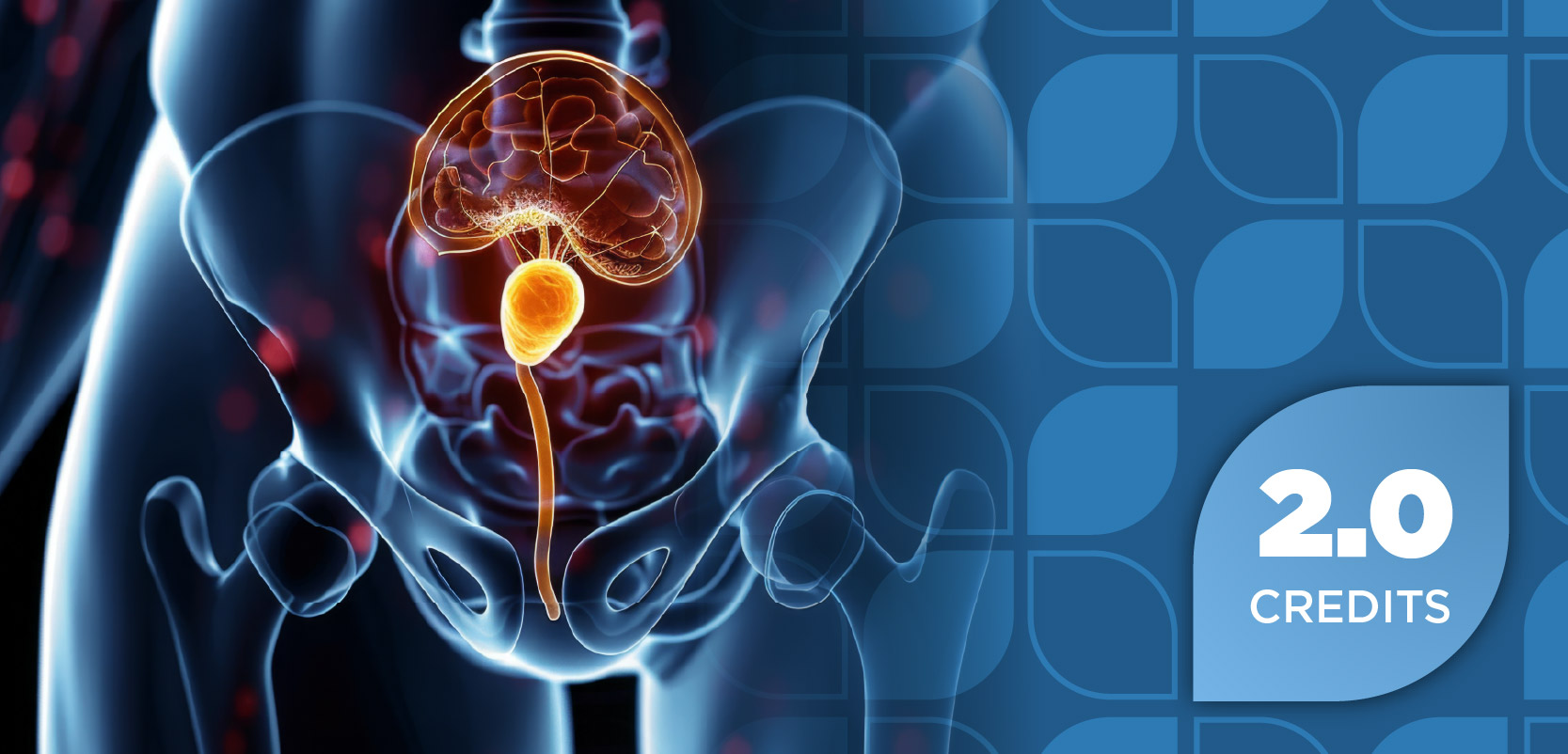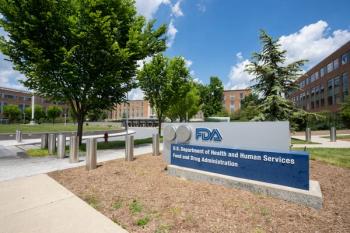
PHESGO Implementation Cuts Chair Time and Boosts Efficiency in HER2-Positive Breast Cancer Care
Key Takeaways
- PHESGO combines pertuzumab and trastuzumab with hyaluronidase, allowing SC administration in 5 to 8 minutes, compared with lengthy intravenous (IV) infusions.
- The FeDeriCa trial confirmed PHESGO's noninferiority in serum trough concentrations and comparable safety to IV formulations, with similar pCR rates.
PHESGO reduced patient infusion time from 90 minutes to as few as 5, enhancing patient experience while maintaining efficacy and safety.
A large-scale initiative at a UK cancer center explored the use of a fixed-dose subcutaneous (SC) formulation of pertuzumab (Perjeta; Genentech Inc) and trastuzumab (Herceptin, PHESGO; Genentech Inc) to reduce treatment burden in patients with HER2-positive (HER2+) breast cancer. By shortening administration time from over 90 minutes with intravenous (IV) infusions to just 5 to 8 minutes with SC PHESGO, the approach aimed to ease logistical challenges without compromising safety or efficacy.
HER2+ Breast Cancer
HER2+ breast cancer accounts for approximately 15% to 20% of breast cancer cases and is marked by aggressive disease, high risk of recurrence, and responsiveness to HER2-targeted therapies. The mainstays of treatment include trastuzumab and pertuzumab, monoclonal antibodies that specifically inhibit HER2 signaling and improve survival outcomes when used alongside chemotherapy. Although this treatment strategy has improved outcomes, it often comes with logistical burdens for patients and health care providers.1
“Up to 90 minutes are required for [intravenous] (IV) infusion of trastuzumab, and up to 60 minutes are required for IV infusion of pertuzumab, with considerable time also needed for administrative tasks and observation,” the authors wrote. “In addition to the time requirements for therapy administration, repeated IV access can be associated with increased risk of infection, thrombosis, and pain.”1
PHESGO
PHESGO is a fixed-dose formulation combining pertuzumab and trastuzumab with recombinant human hyaluronidase that can be delivered in 5 to 8 minutes via SC injection, compared with the significantly longer time required for IV infusions of each drug separately. It received FDA approval in 2020 for neoadjuvant treatment of patients with HER2+, locally advanced, inflammatory, or early-stage breast cancer (either > 2 cm in diameter or node–positive) as part of a complete treatment regimen for early breast cancer or as adjuvant treatment of patients with HER2+ early breast cancer at high risk of recurrence.1,2
PHESGO’s approval was supported by data from the open-label, multicenter, randomized, phase 3 FeDeriCa trial (NCT03493854), which compared PHESGO with IV pertuzumab and trastuzumab (during neoadjuvant and adjuvant therapies) in patients with operable or locally advanced HER2+ breast cancer. The primary end point was noninferiority of cycle 7 pertuzumab serum trough concentration comparing PHESGO with IV pertuzumab. Investigators also included cycle 7 trastuzumab serum trough concentration, pathological complete response (pCR), and safety as secondary end points.1-3
PHESGO has demonstrated noninferior pertuzumab and trastuzumab serum trough concentrations compared with IV formulations. The pCR rate was approximately 59.7% (95% CI, 53.3-65.8) in the PHESGO arm vs 59.5% (95% CI, 53.2-65.6) in the IV arm. The safety profile was comparable overall, although PHESGO was associated with increased administration-related reactions. The most common adverse events (> 30%) include alopecia, nausea, diarrhea, anemia, and asthenia.2
The recommended initial PHESGO dose is 1200 mg pertuzumab, 600 mg trastuzumab, and 30,000 units of hyaluronidase SC over approximately 8 minutes, followed every 3 weeks by 600 mg pertuzumab, 600 mg trastuzumab, and 20,000 units of hyaluronidase SC over approximately 5 minutes.2
Implementing PHESGO
Despite its convenience and clinical comparability, uptake of PHESGO has varied. A UK cancer center launched a large-scale initiative to convert all eligible patients receiving IV trastuzumab and pertuzumab to PHESGO and to initiate all new patients on the SC formulation. They implemented a structured transition strategy that included clinician and nurse training, patient education, and multidisciplinary collaboration, allowing the team to safely switch patients to PHESGO over a condensed 4-week timeline.1
Of 97 eligible patients, 99% were successfully transitioned to PHESGO. From April 2021 to September 2022, the center saved over 3000 hours of pharmacy aseptic preparation time and nearly 6800 hours of day unit chair time. The number of days when aseptic preparation exceeded maximum capacity also declined, indicating reduced system strain.1
“This initiative demonstrated the ability to rapidly and effectively transition [more than] 95% of eligible [patients with breast cancer] from separately administered IV trastuzumab plus IV pertuzumab to a fixed combined SC formulation within a 4-week period at a single cancer center in the UK while reducing patient appointment times, releasing substantial SACT [Systemic Anti-Cancer Therapy] capacity, and ensuring a high level of patient safety and satisfaction,” the authors wrote.1
This successful real-world transition reinforces that PHESGO offers a streamlined, patient-friendly alternative to IV HER2 therapy without compromising efficacy or safety. Patients benefit from shorter visits and less invasive treatment, while clinics gain time and capacity. With evidence of noninferiority, comparable safety, and real-world efficiencies, PHESGO represents a strong case for broader integration into HER2+ breast cancer treatment pathways.
REFERENCES
1. Harding S, Borley A. Switching to a fixed-dose combined pertuzumab and trastuzumab with recombinant human hyaluronidase subcutaneous injection to treat human epidermal growth factor receptor 2-positive breast cancer in real-world UK clinical practice. Clinical Oncology. January 2025. Doi:10.1016/j.clon.2024.103671
2. FDA approves combination of pertuzumab, trastuzumab, and hyaluronidase-zzxf for HER2-positive breast cancer. FDA. June 29, 2020. Accessed August 5, 2025. https://www.fda.gov/drugs/drug-approvals-and-databases/fda-approves-combination-pertuzumab-trastuzumab-and-hyaluronidase-zzxf-her2-positive-breast-cancer
3. A study to evaluate the pharmacokinetics, efficacy, and safety of subcutaneous administration of the fixed-dose combination of pertuzumab and trastuzumab in combination with chemotherapy in participants with HER2-positive early breast cancer (FeDeriCa). Updated June 26, 2024. Accessed August 5, 2025. https://clinicaltrials.gov/study/NCT03493854
Newsletter
Stay informed on drug updates, treatment guidelines, and pharmacy practice trends—subscribe to Pharmacy Times for weekly clinical insights.

